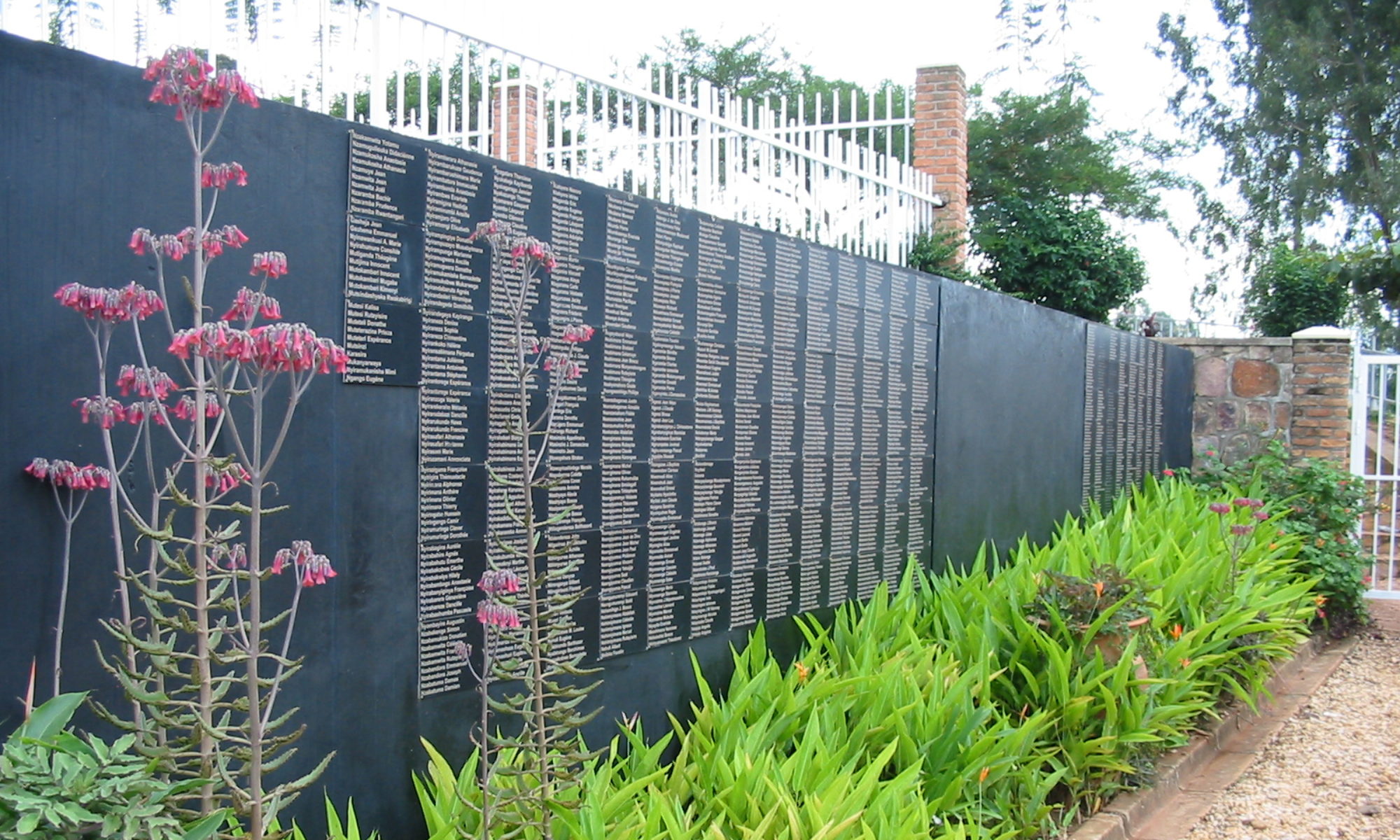Intrinsic and Extrinsic Factors in Rescuer Behavior
This ongoing research project is funded by the National Science Foundation. The project seeks to understand the factors involved in human agency during mass violence, specifically, why do certain people put their lives at risk to attempt to save the lives of others? Two competing theories of rescuer behavior have emerged from prior research on the motivations of “rescuers” during mass violence.

One set of theories emphasizes the intrinsic features of moral behavior such as character, “identity” (i.e., self-conception), and personality (see, Monroe 1998, 2004; Oliner & Oliner 1988, 1995; Oliner et al. 1992). The second set of theories highlights extrinsic features that affect decision-making such as geography, proximity to victims, presence of other minorities, details of genocidal policy, and opportunity (see, the collection edited by Sémelin, Andrieu, and Gensburger 2008, 2011). My research considers both intrinsic and extrinsic factors that make rescuer behavior possible by undertaking a study of rescuers and genocide resisters during the 1994 genocide of Tutsis in Rwanda. The project includes religion as a potential significant variable and compares Christians and Muslims in eight communities in Rwanda.
Research Team
Jennie Burnet, Principal Investigator
Hager El Hadidi, Co-Investigator
Grant Awards
Intrinsic and Extrinsic Factors in Rescuer Behavior
National Science Foundation Award Number: 1230062
University of Louisville Research Foundation Inc.
Start Date: 09/01/2012
Award Amount: $203,341.00
Intrinsic and Extrinsic Factors in Rescuer Behavior
National Science Foundation Award Number: 1550655
Georgia State University Research Foundation, Inc.
Start Date: 08/15/2015
Award Amount: $37,748.00
Research Methods

This research is based on ethnographic methods primarily relying on semi-structured interviews. Over the course of the research 286 interviews were conducted. All interview subjects were Rwandans and over the age of 21. Interviews were conducted in Kinyarwanda, French, English, and Arabic depending on the desires of interviewees. For interviewees who agreed to be recorded, the team has digital recordings of the interviews. For all interviewees, including those recorded with a digital recorder, the team has handwritten or computerized interview notes. Interviewees were chosen from eight different communities based on a geographic sampling strategy. The communities are: Mugandamure, Nyanza, Nkora, Kayove, Gisenyi, Biryogo, Kibagabaga, and Mabare. The geographic proximity of communities to political power and social connections to political power influenced the timeline of the genocide and how the genocide policy was implemented in local communities. Therefore, communities were chosen in attempts to capture communities with varying degrees of geographic proximity and social connections to political power. Also the eight communities represent both Muslim and non-Muslim dominated communities and interviews were conducted on several categories of actors. These categories included positive cases (comprised of non-Muslim and Muslim genocide resisters or rescuers) and negative cases (comprised of non-Muslim and Muslim genocide perpetrators). Data analysis is currently in progress. A qualitative data software package, MAXQDA+, is being used to assist in all ethnographic data analysis as well as archival data and social network data analysis.
Preliminary Findings
Rescuer behavior took many forms including:
- Hiding Tutsis in their homes or elsewhere.
- Warning Tutsi or other targeted people of imminent attacks.
- Negotiating the release, safety, or sparing of Tutsi.
- Paying with money or other goods for the release, safety or sparing of Tutsis.
- Hiding or protecting Tutsi children.
- Smuggling Tutsi across the border.
- Helping Tutsi flee.
- Providing food, water, clothing, or other assistance.
- Fighting attackers and dying with Tutsis.
Rescuer behavior was widespread.
- Individuals would rescue until they perceive it was no longer possible for fear of their own safety or their family’s safety. This could range from days to weeks.
Rescuer behavior is a morally problematic category as being a rescuer is neither a static nor binary position.
- A rescuer could simultaneously save one individual while being a genocide perpetrator and denouncing another.
- Rescuers could not protect everyone.
The patterns of violence and time-span influenced how individuals could rescue.
- Genocide timelines and strategies shaped possibilities of rescue and the likelihood for success.
Geography impacted the ability to rescue.
- Country borders, lakes, and neighborhood infrastructure impacted what types of rescue were possible.
Opportunity to rescue varied.
- Rescuers did not necessarily intentionally seek opportunities to rescue, but rather if presented with the opportunity or choice would become rescuers.
Social networks and ties impacted rescue behavior.
- Rescuers would save members of their communities and outsiders, but rescuing individuals that they had previous social relations with impacted decisions to rescue.
Rescuers were identified as having a “good heart” and character.
Religious faith and beliefs influenced motivations to rescue.
- Islam forbids killing.
- Islam teaches love.
- Muslims and Christians both depicted a fear of God.
- Muslims and Christians both thought of their actions as being an instrument of God’s will.


You must be logged in to post a comment.